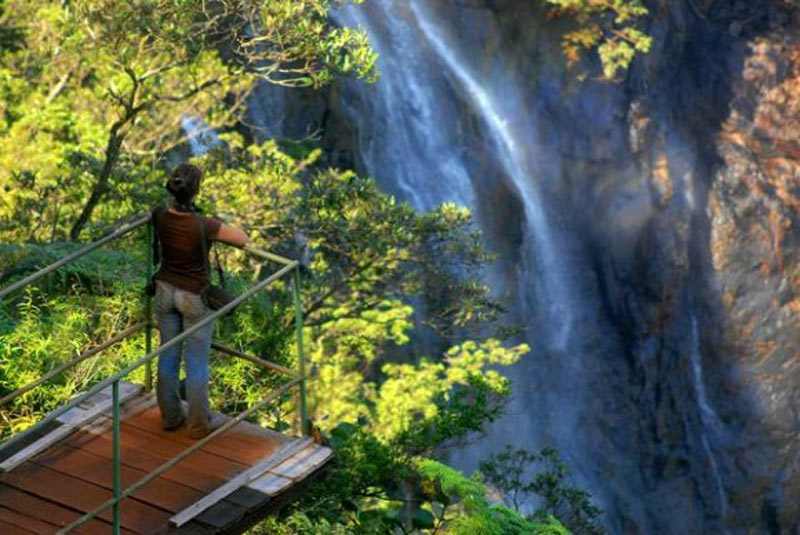Tourism and Environmentalists Encourage Eco- Protection in Cuba
- Written by Redacción ¡ahora!
- Published in Cuba
- Hits: 2271
 Photo: Juan Pablo Carreras / ACNCuban tourism authorities and the environment specialists go hand in hand today concerning both protecting the environment and encouraging nature tours.
Photo: Juan Pablo Carreras / ACNCuban tourism authorities and the environment specialists go hand in hand today concerning both protecting the environment and encouraging nature tours.
Those criteria were patented this Tuesday, experts such as the coordinator of the sustainable tourism program of the National Center of Protected Areas, Elvis Milian.
He highlighted that Cuban authorities keep a constant concern on the appropriate balance between the environmental protection and the exploitation of the protected areas in favor of nature tourism and adventures.
He argued that his facility belongs to the Ministry of Sciences, Technology and the Environment (CITMA) in Cuba that takes into account not only the development of the travels' industry, but also the capacity to assimilate them in the places most visited.
In Cuba, there exist 211 identified protected areas, and almost each area but four that are Natural Reserves, can be employed in the different modalities of tourism such as, national parks, ecological reserves, wildlife refuges, among others.
Even this concept can be applied to the classified areas of CITMA that have within other areas of bigger restriction due to necessary conservation.
He put an example with the Buena Vista region in the center of the island that has the National Park of Caguanes, Caimanes and the wildlife refuge Santa Maria Keys, Las Loras and other places.
From those territories six appear to have international classification as Reserves of the Biospheres, category appointed by the United Nations Educational, Scientific and Cultural Organization (UNESCO).
He explained that in the eastern region of Cuba, there exist two Natural World Heritage Sites, the National Park Landing of Granma (in Granma province)and the Alejandro de Humboldt Park.
The expert tells that theoretically allowing tourists' entrance to places of such kind must help because it is, in general, about individuals who have a protective environmental conscience and they like to benefit these places.
This enables to know the areas but at the same time to have the lesser impact possible on them, he points out.
It does not mean that everyone who walks a trail be an ecologist; therefore, experts monitor the parameters of those places, and sometimes these routes are opened but others are closed according to the need, as it happens due to hurricanes' passage.
All areas protected count on a management plan according to their category, and in those plans are included trails, conservation and different activities. / PL
